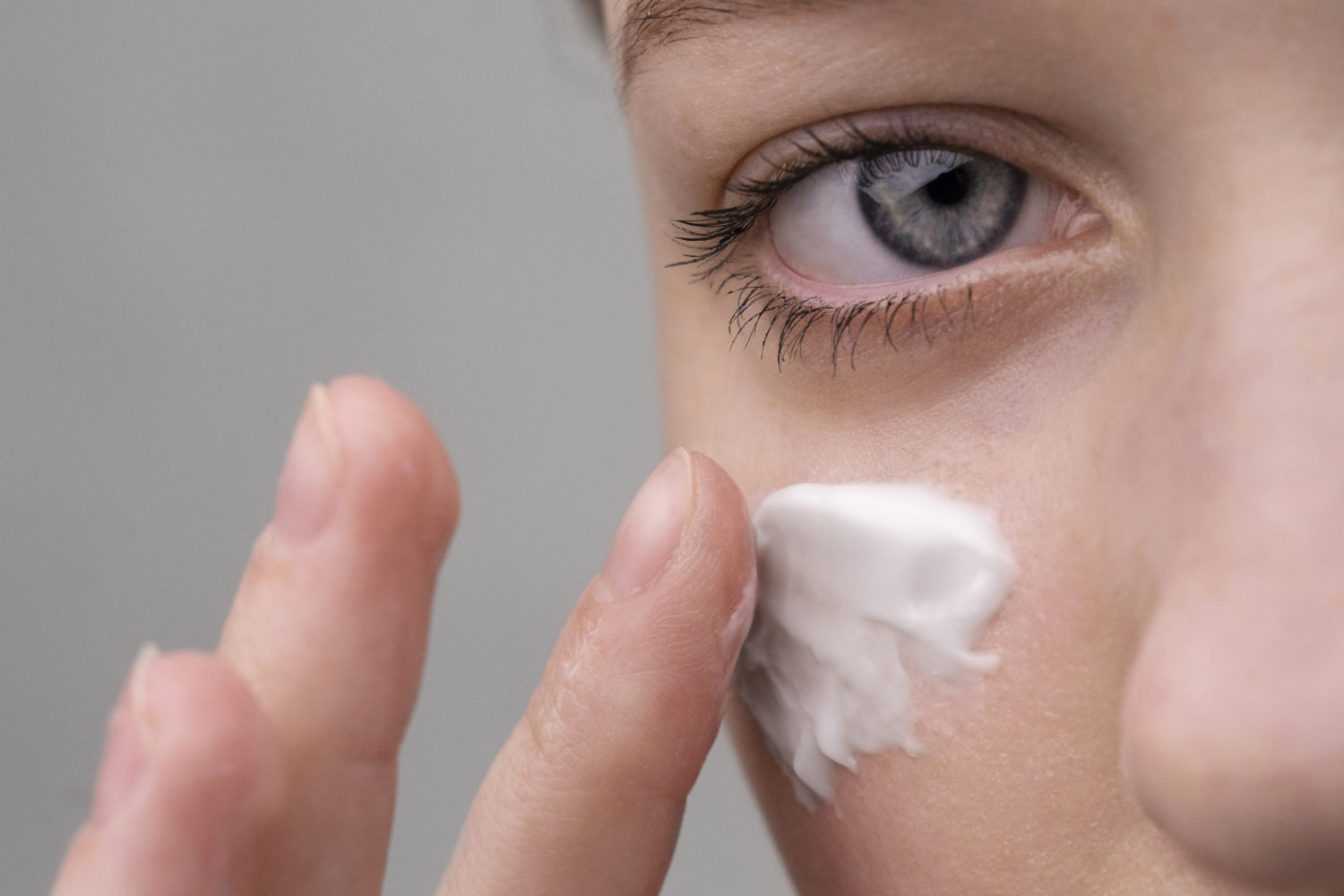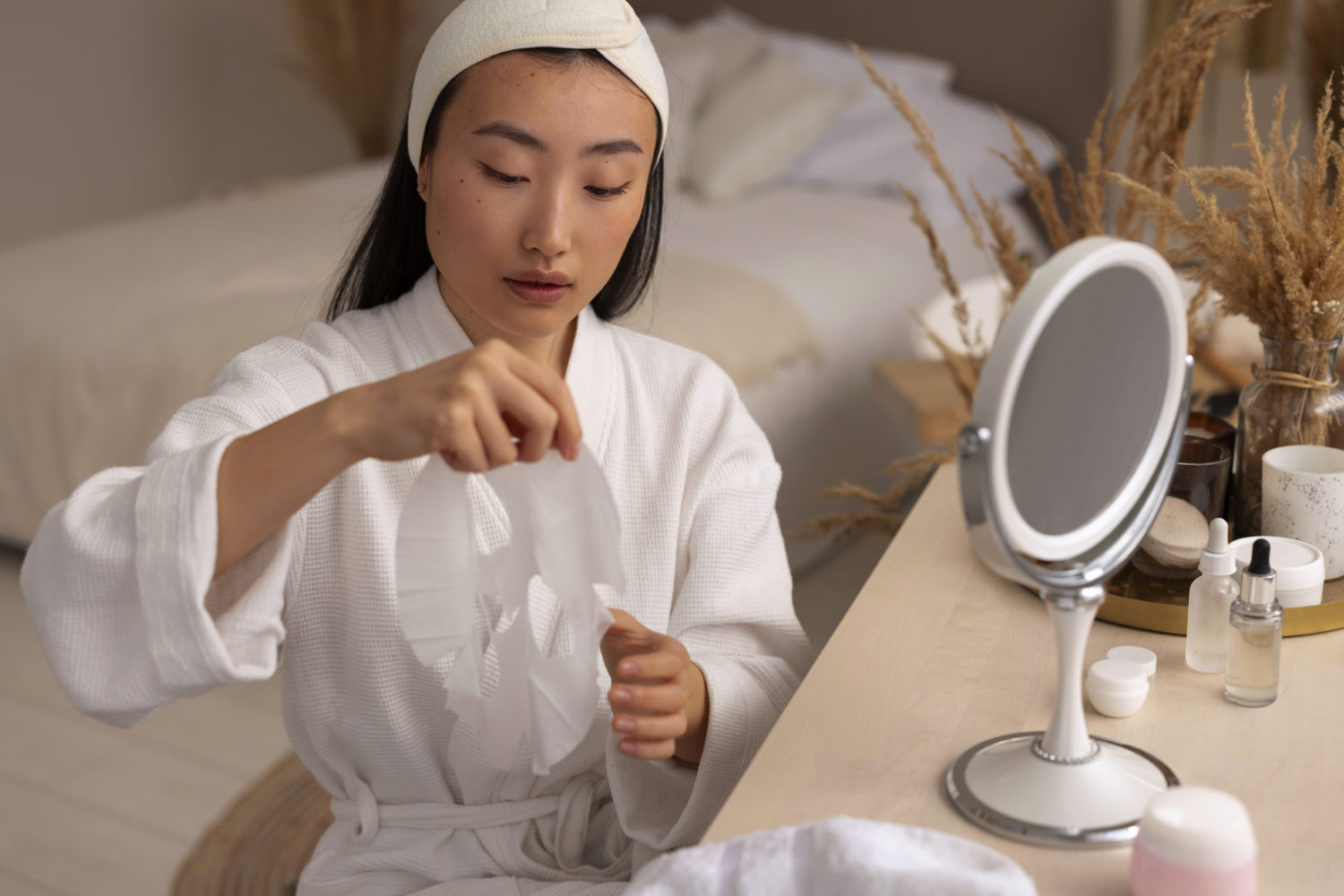We all know of the existence and use of eye creams. But have you ever asked yourself why is it that we use a different type of cream around the eyes? Why don’t we use the regular moisturizer all over the face? What does eye cream do? Let me tell you that using eye cream as a distinct product from regular facial moisturizers is due to several specific reasons related to the unique characteristics and needs of the skin around the eyes.
The skin around the eyes is much thinner, delicate, and more sensitive than the rest of the face. Eye creams are formulated to be extra gentle to avoid irritation and damage.

Eye creams contain ingredients specifically chosen to address common issues in the eye area, such as dark circles, puffiness, and fine lines. These ingredients might be more concentrated or different from those found in regular moisturizers.
Another relevant reason is that the ingredients in eye creams are selected to lower the risk of irritation in this sensitive area. Regular facial moisturizers might contain ingredients that are too harsh for the delicate skin around the eyes.
Eye creams typically have a lighter texture and are designed to absorb quickly without leaving a heavy residue, which is important for preventing milia (small white bumps) and ensuring that makeup can be applied smoothly.
Apart from the beauty benefits, eye creams are formulated to avoid ingredients that can migrate into the eyes and cause irritation, something that regular moisturizers might not be designed to prevent.
Finally, due to the specific formulation, eye creams can provide more effective results for the issues they target compared to general facial products.
Specific ingredients for specific benefits
Eye creams often contain specialized ingredients such as:
- Peptides and Retinol to stimulate collagen production and reduce wrinkles.
- Caffeine to reduce puffiness by constricting blood vessels.
- Vitamin K and Vitamin C to lighten dark circles.
- Hyaluronic Acid to provide intense hydration without being too heavy.
In essence, the skin around the eyes requires special care that regular facial moisturizers may not provide, making eye creams a necessary addition to skincare routines for those looking to address specific concerns in this delicate area.
When to use eye creams
Eye creams can be incorporated into any skincare routine, even into a Korean skincare routine. It is important to incorporate them effectively, in the right moment and quantity. In order to take advantage of your skincare routine, follow these steps:
- Start by thoroughly cleansing your face to remove makeup, dirt, and impurities. This ensures that your skin is clean and ready to absorb the products that follow.
- If you use a toner, apply it after cleansing. Toners seem to be unnecessary but they can help balance the skin’s pH and remove any leftover residues from cleansing.
- Apply eye cream after toning and before moisturizing. This step allows the eye cream to penetrate the delicate skin around your eyes without interference from heavier creams. Use your ring finger (because it is the weakest finger) to gently apply the product around the orbital bone, avoiding direct contact with the eyes.
- If you use serums or treatments (like retinol or vitamin C), apply these after the eye cream and always before moisturizing. This helps to ensure the eye area is protected and treated separately, as these products can sometimes be too harsh for the delicate eye area. So, be careful!
- Apply your regular facial moisturizer after you have applied your eye cream and any treatments. This locks in hydration and creates a barrier to protect your skin.
- In the morning, no matter if it is a sunny or cloudy day, always finish your routine with sunscreen to protect your skin from UV damage. This step is crucial for preventing premature aging and protecting the skin from harmful rays.

Extra tips for using eye cream
Less is more: Use a small amount of eye cream. A pea-sized amount is usually sufficient for both eyes.
Pat, do not rub: Gently pat the eye cream into your skin rather than rubbing it in. This helps to avoid stretching the delicate skin around the eyes.
Be consistent: For best results, use your eye cream consistently as part of your morning and evening skincare routines.
Finally, personalize the routine according to your needs. Some people prefer to use different eye creams for day and night. Daytime eye creams might contain ingredients like caffeine to reduce puffiness, while creams formulated for use at night might include more potent anti-aging ingredients like retinol.
Always ensure that the eye cream you choose works well with the other products in your routine. Try to avoid layering too many active ingredients that might irritate the eye area.







